Are you asking for 'sigma bond metathesis reaction'? You can find all the information here.
Table of contents
- Sigma bond metathesis reaction in 2021
- Metathesis reaction lab
- Types of metathesis reactions
- Sigma bond metathesis vs oxidative addition
- Organometallic hypertextbook
- Metathesis reactions examples
- Functionalization reactions
- Organometallic reactions
Sigma bond metathesis reaction in 2021
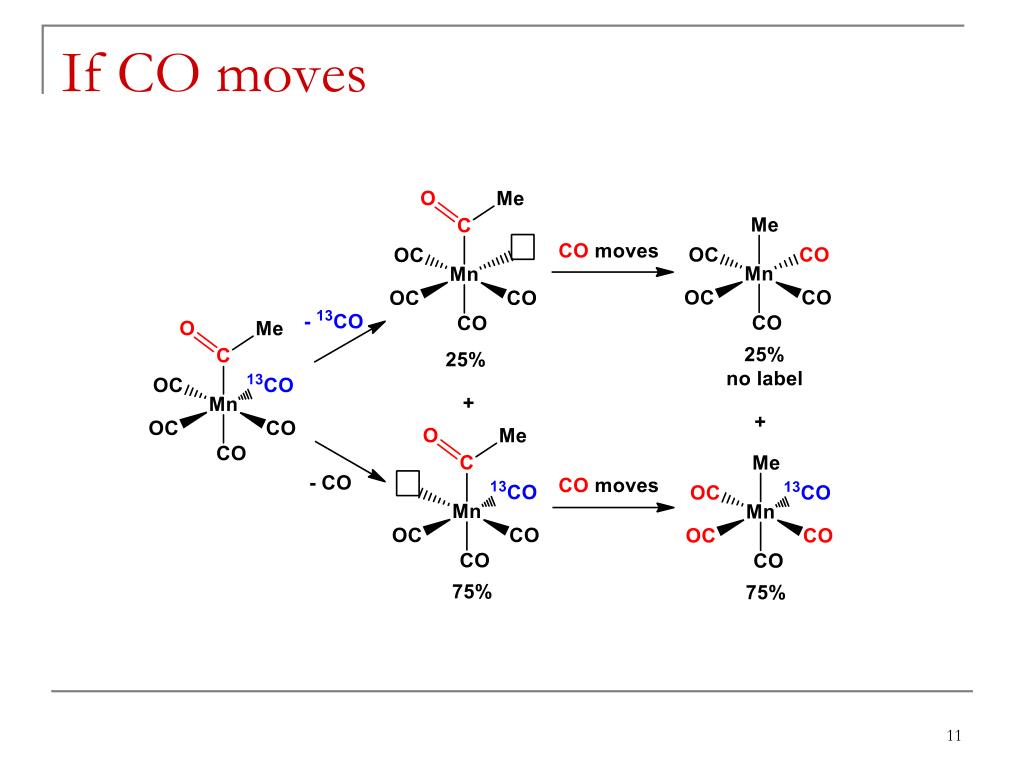 This picture illustrates sigma bond metathesis reaction.
This picture illustrates sigma bond metathesis reaction.
Metathesis reaction lab
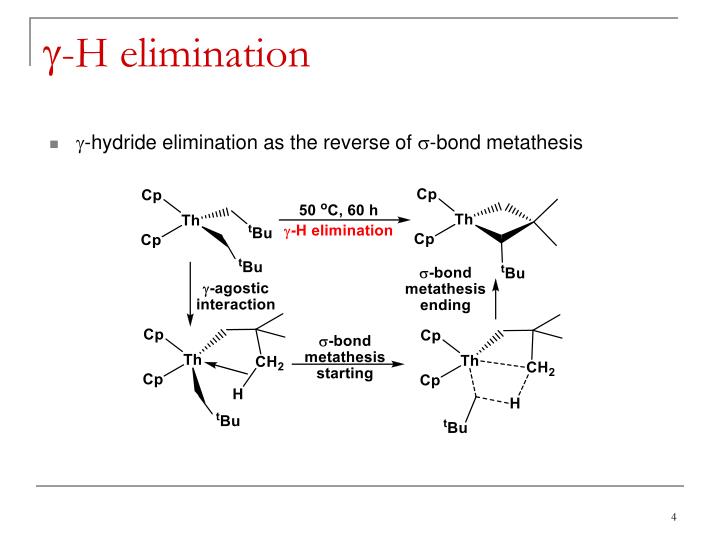 This picture demonstrates Metathesis reaction lab.
This picture demonstrates Metathesis reaction lab.
Types of metathesis reactions
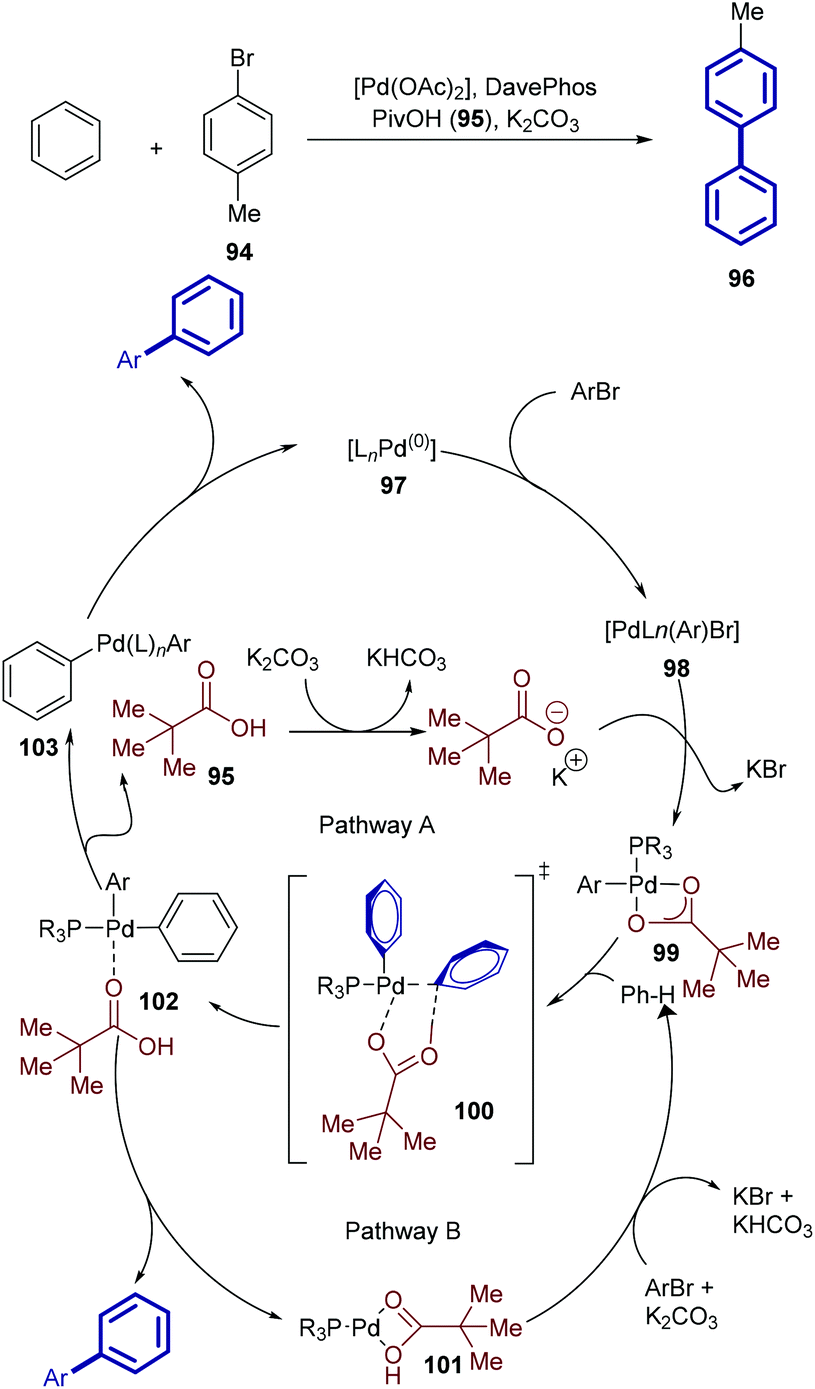 This image representes Types of metathesis reactions.
This image representes Types of metathesis reactions.
Sigma bond metathesis vs oxidative addition
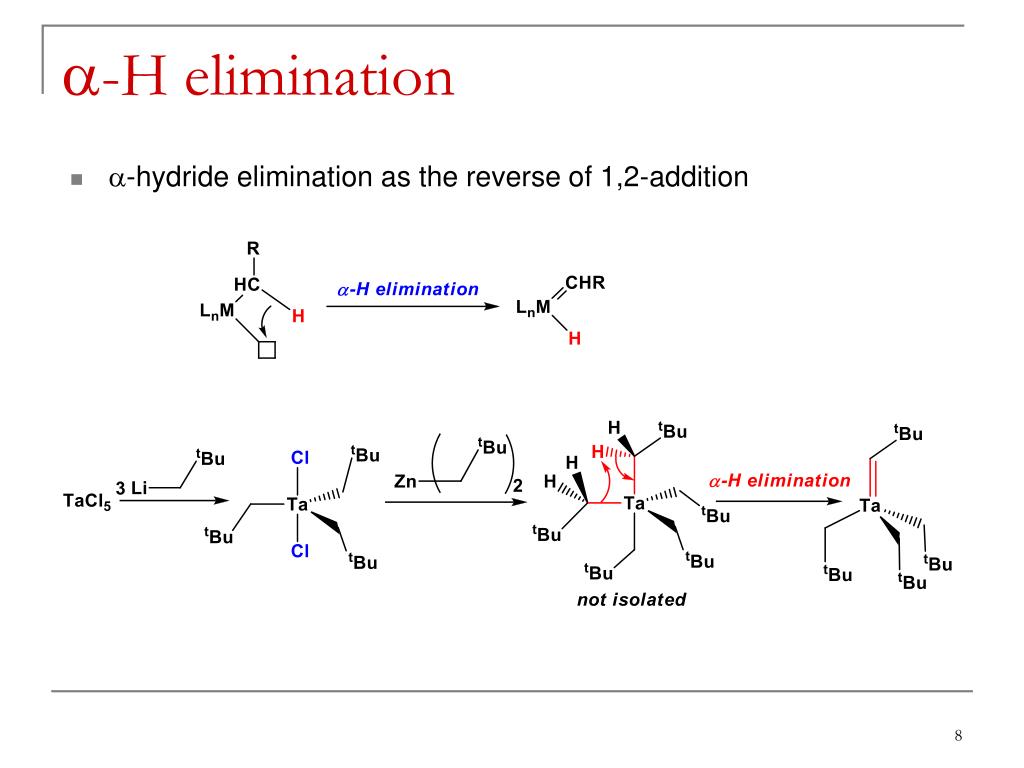 This picture representes Sigma bond metathesis vs oxidative addition.
This picture representes Sigma bond metathesis vs oxidative addition.
Organometallic hypertextbook
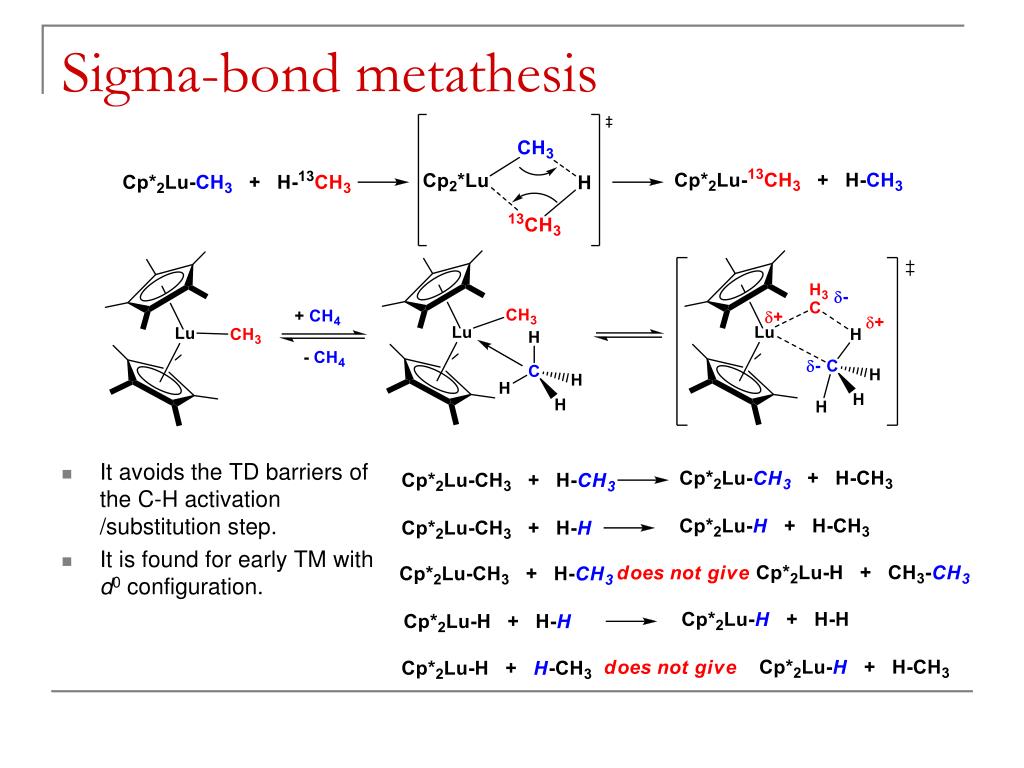 This image illustrates Organometallic hypertextbook.
This image illustrates Organometallic hypertextbook.
Metathesis reactions examples
 This picture representes Metathesis reactions examples.
This picture representes Metathesis reactions examples.
Functionalization reactions
 This picture representes Functionalization reactions.
This picture representes Functionalization reactions.
Organometallic reactions
 This picture representes Organometallic reactions.
This picture representes Organometallic reactions.
Why are sigma bonds important to carbon nanotubes?
The sigma bonds confer remarkable mechanical properties to the carbon nanotubes, at least for tensile stress. Single-wall nanotubes are, in addition, extremely flexible. It is not a surprise, then, that these nanostructures are an interesting constituent for the making of composite materials.
What are the three types of σ bond activation?
The σ-bond activation reactions promoted by transition metal complexes can be grouped in three classes: oxidative addition, also denoted as homolytic cleavage, heterolytic cleavage, and σ-bond metathesis. The first step for all them is the coordination of that bond to the transition metal, to form a L n M (η 2 -X-Y) σ-complex ( Scheme 1 ).
Why does the induction of the sigma bond occur?
The induction occurs because they promote the cleavage of the bond by themselves or because lose H 2 or HCl to generate 14-valence electrons transitory osmium (II) intermediates (OsCl 2 (PR 3) 2 or OsHX (PR 3) 2 ), which are in many cases the real active species.
Which is part of sigma bond undergoes metathesis?
In organometallic chemistry, sigma-bond metathesis is a chemical reaction wherein a metal-ligand sigma bond undergoes metathesis (exchange of parts) with the sigma bond in some reagent. The reaction is illustrated by the exchange of lutetium (III) methyl complex with a hydrocarbon (R-H):
Last Update: Oct 2021